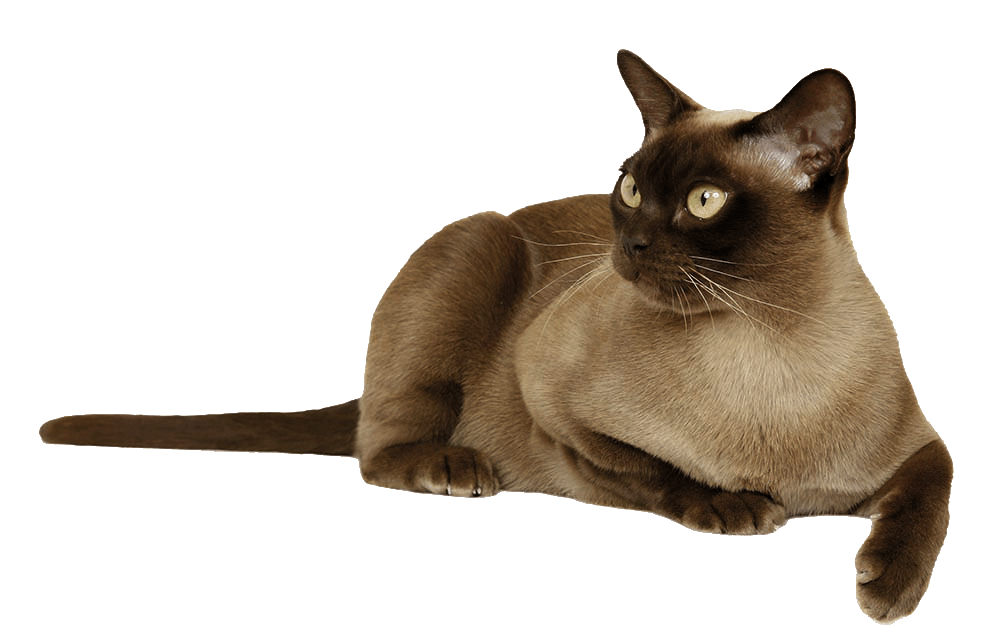REBECCA ALLAN

A palpable thyroid gland in an elderly cat equals hyperthyroidism, right? Not always!
When we think of thyroid issues in adult cats we usually think of hyperthyroidism, however occasionally the opposite problem of hypothyroidism can occur. Coco a 15-year-old Burmese is a case in point.
Clinical history:
Coco presented to the veterinary clinic with a history of weight loss, poor appetite and lethargy. The owner had noticed she was slow to get out of the way and had become less aware of the presence of the family dog. She had a history of mild renal insufficiency and the only finding of note on clinical examination was a palpable right thyroid gland.
Laboratory results:
Bloods submitted to the laboratory revealed a mild azotemia consistent with previously diagnosed renal insufficiency and an unexpectedly low T4 concentration of <5.4 nmol/L (reference interval 17-43 nmol/L).
The degree of T4 suppression was thought too marked to be due to non-thyroidal illness so a TSH concentration was measured and the result was high at 7.8 ng/ml (reference interval 0.03-0.3 ng/ml), most consistent with a diagnosis of spontaneous primary hypothyroidism.
Treatment on Levothyroxine was started and the T4 and TSH concentrations both normalised over the next few weeks. The most recent recheck showed a normal T4 of 25 nmol/L (RI 17-43 nmol/L) and normal TSH of 0.06 ng/ml (RI <0.03-0.3 ng/ml) indicating good treatment control, however there was persistence of mild azotemia.
Discussion:
Spontaneous primary hypothyroidism is rare in adult cats, with most hypothyroidism diagnosed in younger cats due to congenital hypothyroidism. The two most common causes of a low T4 concentration in an adult cat are iatrogenic due to treatment for hyperthyroidism and suppression, due to non-thyroidal illness.
Clinical signs of hypothyroidism can be absent to mild and include PU/PD, a thinning hair coat, lethargy, weight gain (as opposed to weight loss in this case) and a palpable thyroid gland. The palpable thyroid gland is associated with the goiterous form of hypothyroidism due to thyroid hyperplasia, rather than the less common idiopathic thyroid atrophy. Azotemia is often present in mature adult cats and it frequently resolves with successful treatment of hypothyroidism. This is in contrast to the current case, where azotemia persisted, indicating co-morbidity with renal insufficiency.
Many thanks to Michael Meehan from Wairakei Road Veterinary Clinic for this interesting case.
Reference:
Spontaneous primary hypothyroidism in 7 adult cats. Peterson ME, Carothers MA, Gamble Da and Rishniw M. Journal of Veterinary Internal Medicine. 32:1864-1873, 2018.
